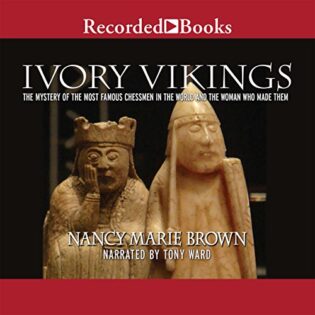 Ivory Vikings: The Mystery of the Most Famous Chessmen in the World and the Woman Who Made Them by Nancy Marie Brown
Ivory Vikings: The Mystery of the Most Famous Chessmen in the World and the Woman Who Made Them by Nancy Marie Brown Narrator: Tony Ward
Published by Recorded Books on September 3, 2015
Genres: History
Format: Audiobook
Source: purchased
Purchase: Amazon | Bookshop | Barnes & Noble | Audible | Chirp
Add to Goodreads

n the early 1800's, on a Hebridean beach in Scotland, the sea exposed an ancient treasure cache: 93 chessmen carved from walrus ivory. Norse netsuke, each face individual, each full of quirks, the Lewis Chessmen are probably the most famous chess pieces in the world. Harry played Wizard's Chess with them in Harry Potter and the Sorcerer's Stone. Housed at the British Museum, they are among its most visited and beloved objects.
Questions abounded: Who carved them? Where? Nancy Marie Brown's Ivory Vikings explores these mysteries by connecting medieval Icelandic sagas with modern archaeology, art history, forensics, and the history of board games. In the process, Ivory Vikings presents a vivid history of the 400 years when the Vikings ruled the North Atlantic, and the sea-road connected countries and islands we think of as far apart and culturally distinct: Norway and Scotland, Ireland and Iceland, and Greenland and North America. The story of the Lewis chessmen explains the economic lure behind the Viking voyages to the west in the 800s and 900s. And finally, it brings from the shadows an extraordinarily talented woman artist of the twelfth century: Margret the Adroit of Iceland.
A fascinating exploration of the northern Viking world through the lens of the Lewis chessmen
I love history, especially British and European history, but the Vikings and their era have never been one of my main areas of interest…until now. Going into this book, I knew comparatively little of the history of Viking Norway, Denmark, Greenland, and (most importantly) Iceland. But Nancy Marie Brown’s Ivory Vikings: The Mystery of the Most Famous Chessmen in the World and the Woman Who Made Them held my interest from start to finish.
The title refers to the Lewis chessmen—a collection of 12th century chessmen from several sets, carved from walrus ivory in similar styles and possibly by the same craftsman, found in 1831 on the Isle of Lewis, either buried in the sand or in a cyst (underground chamber), depending on which story you believe. If you’ve seen the first Harry Potter movie, you’ve seen a version of the Lewis chessmen; they are what Ron and Harry use to play wizard chess. (The small game, not the life-size game protecting the philosopher’s stone.) The origin of the Lewis chessmen has been the subject of many theories, the most enduring and widely-accepted of which is that they come from an ivory-carving workshop in Trondheim (Norway), then an important and influential center of Christian Viking culture.
Brown, however, makes a convincing argument for Margaret the Adroit, an Icelandic ivory carver, as the artist responsible for creating the Lewis chessmen. Margaret is mentioned in one of the Icelandic “bishops’ sagas”, where she is identified as having carved a very fine bishop’s crozier from walrus ivory. (That particular crozier probably no longer exists, but another does, which may also have been carved by Margaret.) Margaret and her husband, a priest, served under Bishop Páll Jónsson of Skálholt in Iceland; Bishop Páll’s Saga says that she “made everything that Bishop Páll wanted” and describes her as “the most skilled carver in all Iceland.”
The majority of the book is spent immersing the reader in the world that gave birth to the chessmen: laying out the chessboard and the pieces, so to speak. Brown gives the reader a wealth of context, explaining the relevance of the Icelandic sagas, the interconnectedness and sophistication of the 11th- and 12th-century Viking world, and the early culture and history of Iceland, including walrus hunting, the coming of Christianity, and Iceland’s bishops’ role as de facto kings. She delves into the history of Bishop Páll and other bishops and archbishops of the Viking world, and discusses 12th-century Norwegian kings as well as those of Denmark, the Orkney Islands, and the Hebrides. She goes into depth regarding the artistic style of the chessmen and how it relates to carvings found in Norway, Denmark, and Britain. She talks about archaeological finds in Iceland, Trondheim, and Lewis, and the arms and armor of Viking fighters. She even goes briefly into the horses ridden by some Viking warriors to (but not into) battle, small, sturdy animals much like today’s purebred Icelandic horses—and the horses ridden by the Lewis chess knights.
The cast of characters is vast, and I found it challenging to keep track of the many kings, bishops, and saga writers. There were exceptions, of course; Margaret the Adroit stands out because of her sex and possible identification as the unknown carver of the Lewis chessmen, and much time is spent on Bishop Páll, and on several of the relevant kings of Norway and elsewhere. But I would have had an easier time if I had read the book and seen the names written down—and if I had access to a list of the people discussed in the book. That’s partly because there were so many of them, partly because some names were used over and over (rather like “John” or “Paul” in English), and partly because I’m more of a visual learner than an auditory learner.
Nonetheless, the book was fascinating, and I came away convinced that the Icelandic theory of the Lewis chessmen’s origin, including their carving by Margaret the Adroit, is the most likely.
Audiobook narration: The narrator, Tony Ward, does a fairly good job overall, although I’m pretty sure he’s not deeply familiar with medieval Norse languages and their pronunciation. His pronunciation of many of the names sounds a bit Anglicized. For instance, he pronounces Bishop Páll’s name as “PAW-təl, while the few recordings I can find of native Icelanders saying the name pronounce it more like “PAHchl” (except that the “chl” doesn’t really describe the sound of the Icelandic double L, which we don’t have in English. Listen to the native Icelandic and Faroese speakers here.)
NOTE: Most of the links within the review go to Wikipedia articles.
NOTES: AFTER WRITING REVIEW, add excerpt. Add any challenges. Update reading dates. Add rating. Check synopsis and buy links.
Challenges: Audiobook Challenge 2024; COYER Unwind (2024), Chapter 4 (Fall)
Reading this book contributed to these challenges:
- Audiobook Challenge 2024
- COYER Unwind (2024) – Chapter 4



















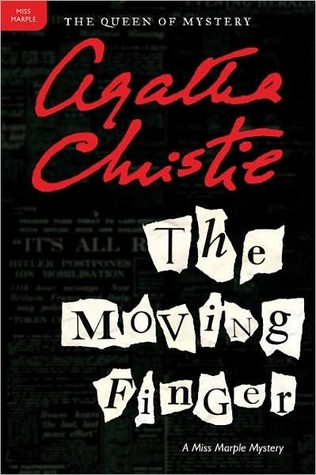


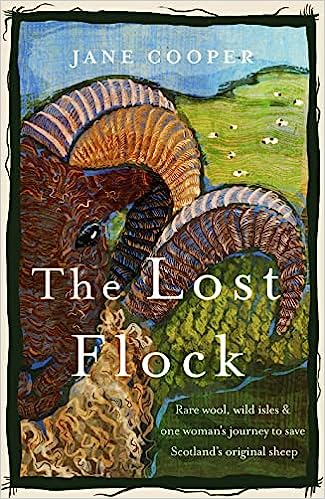

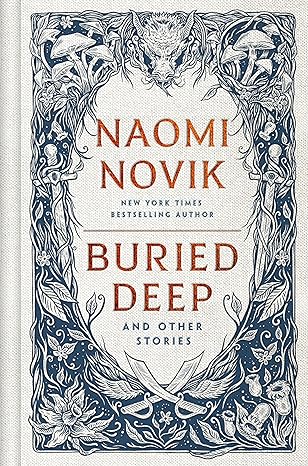
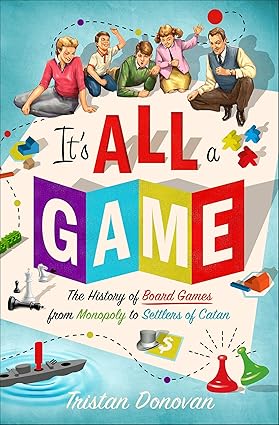



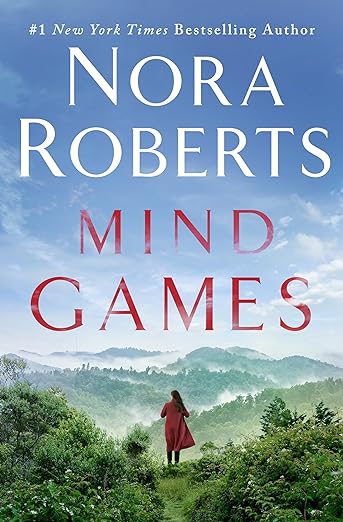


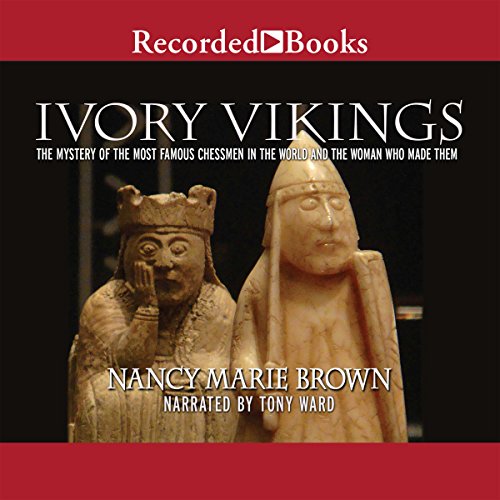

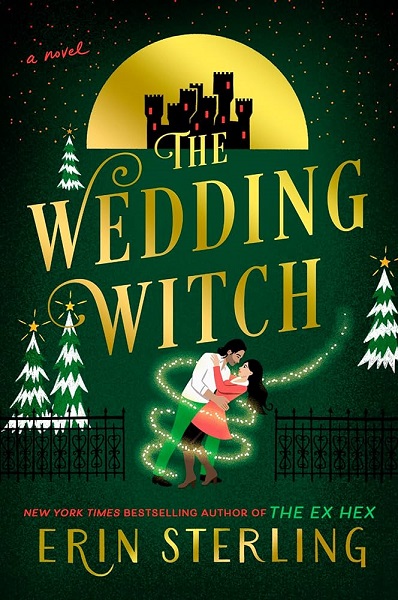


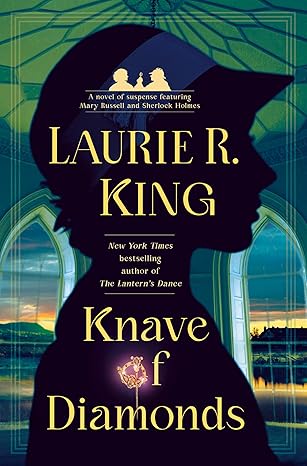






Katherine
This sounds fascinating. I’ve heard of the chessmen but know very litle about them. I’ll have to give this book a try.
Claudia
I am amazed that this is the first I’ve heard of this find, and the book sounds amazing. I want it just for the illustrations! On order at the library. Thanks for your review.
Claudia recently posted…Much to be Thankful For!